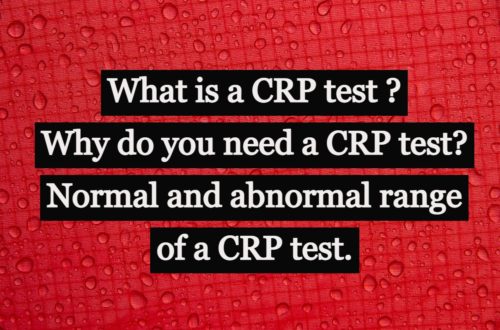10 important questions for an interview of Medical Lab Technicians

These are the 10 important questions answers about anticoagulants that can be asked in interviews for Medical Lab Technician/ Lab Assistant.
Question:- 1 What are anticoagulants?
Answer: Anticoagulants are the additives that prevent blood from clotting.
Question:- 2 What is the full form of EDTA?
Answer: EDTA is an anticoagulant used in Haematology Laboratory. Its full form is Ethylene Diamine Tetra Acetic Acid.
Question:- 3 How EDTA works?
Answer: Anticoagulation takes place by binding the calcium ions. EDTA is a chelating agent that means it removes calcium ions which is necessary for clotting of blood. When Calcium ions are removed by the EDTA from the blood, then blood does not clot.
Question:- 4 What is the concentration of EDTA is required per ml of blood ?
Answer :- 1.2 mg EDTA is required for per ml of blood.
Question:- 5 What are other anticoagulants are used in Haematology Laboratory ?
Answer:- Trisodium citrate anticoagulant
- 3.2 % trisodium citrate is used for doing coagulation studies. For doing coagulation studies nine-volume of blood is added to one volume of sodium citrate solution.
- 3.8 % sodium citrate is used for doing erythrocyte sedimentation rate ( ESR). For doing ESR test four-volume of blood is added to one volume of sodium citrate solution.
Question 6 :- what is the color coding of vaccutainer /blood collection test tubes for different anticoagulants ?
Answer :-
1.Purple color/Lavender color cap :- EDTA vacutainer /EDTA blood collection tubes
2. Light blue/sky blue color cap :- 3.2% sodium citrate tubes for coagulation studies.
3.Black color cap: – 3.8% sodium citrate tubes for ESR test.
Question 7 :- what are the components of whole blood ?
Answer :- 1. Red blood cells
2. white blood cells
3. platelets
4. plasma
About 55% of our blood is plasma which is the liquid portion of blood and the remaining 45% are red blood cells, white blood cells and platelets .
These all above three components (1,2 and 3 ) are suspended in a liquid called plasma.
Question 8 :- what is Heprin?
Heparin is the best anticoagulant used for osmotic fragility test. But it should not be used for making blood smears as it gives background color( faint blue) when the blood smears made with this anticoagulant are stained with Romanowsky dyes. Also, heprin cause the leucocytes to clump, it should not be used for leucocyte count.
Question 9 :- What are the advantages and disadvantages of EDTA as anticoagulant in Hematology?
Answer:- Advantage:-
- When we use EDTA as anticoagulant, the morphology of blood cells is well preserved up to four hours. So it is the best anticoagulant for making peripheral blood smear and counting cells.
Disadvantages:-
- EDTA is not suitable for coagulation studies.
- If EDTA is not in the proper ratio with blood that is excess EDTA and volume of blood is less then there is shrinkage of RBCs. The shrinkage of RBCs erroneously affects MCHC, HCT and MCV. MCHC :- high ,HCT and MCV :- decreased
- Due to the excess quantity of EDTA, platelets can also disintegrate and give erroneously high platelet count.
- Excess of EDTA also affects leucocytes, causing shrinkage degenerative changes.
Question 10 : – Which type of EDTA is best to use in Hematology ?
Answer :- Dipotassium EDTA or K2 EDTA is best to use in Hematology. Tripotassium EDTA causes shrinkage of RBCs.
Question :- what is the physical form of EDTA and Citrate anticoagulant ?
Answer : – Both anticoagulants can be in the form of crystal/dried spray or in liquid.
Also read :- How to count Platelets by manual method using Improved Neubauer Chamber
How to count Total Leucocytes Count by manual method
10 Important Question for Interview of Medical Lab Technicians/ Assistant from Hematology Lab
10 Important Questions and Answers fro Interview of Medical Lab Technicians about stain and smear
10 Important Question for Interview of Medical Lab Technicians/ Assistant from Hematology Lab
15 Important questions and answers for interview of Medical Lab Technicians about DLC
13 Most Important Question and Answers From Anatomy


